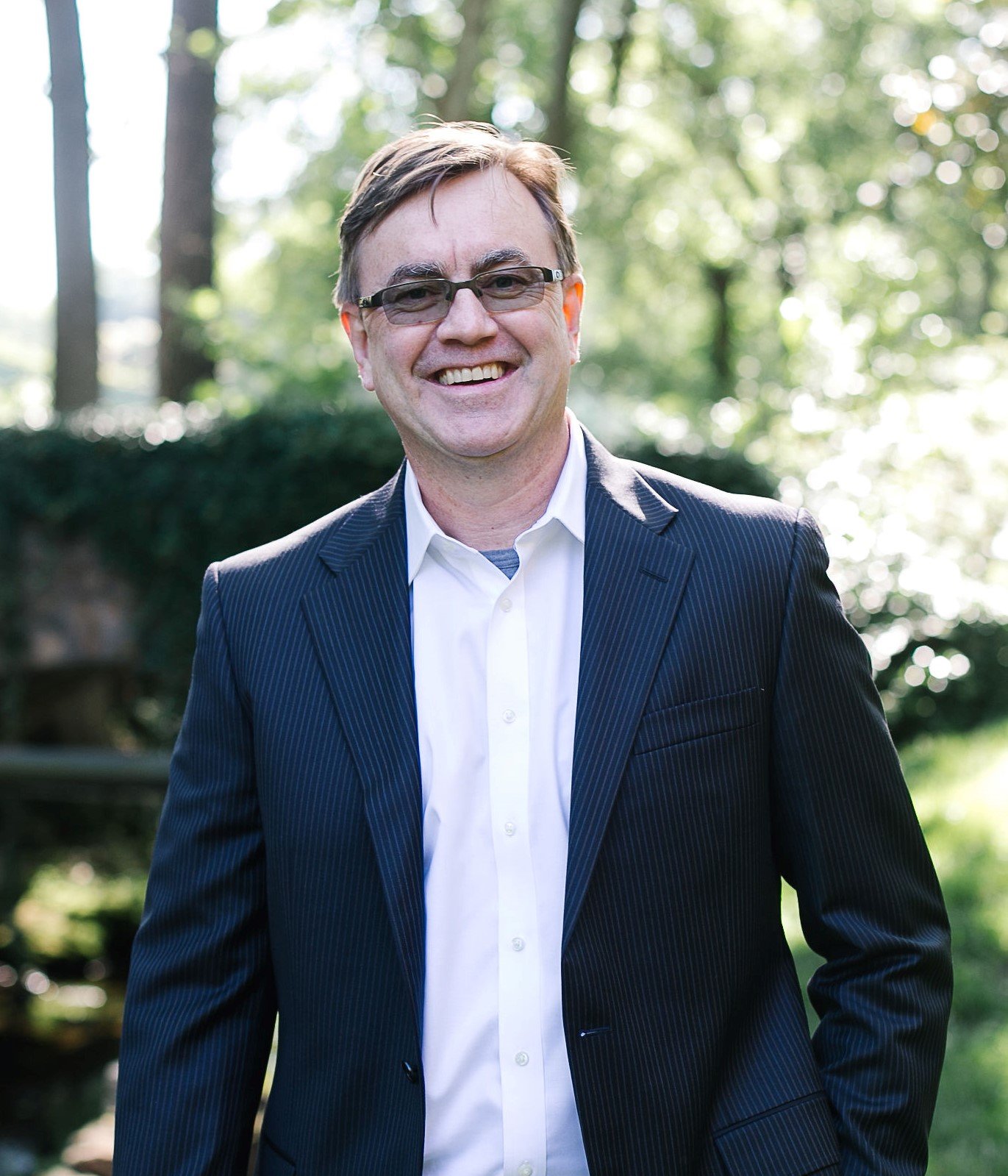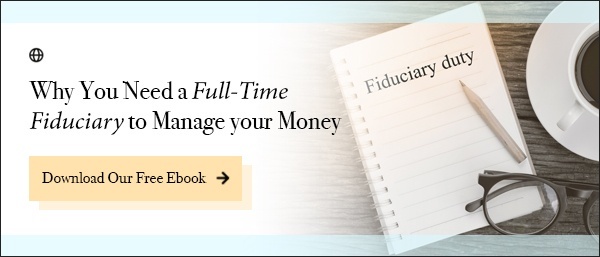Global View Investment Blog
Founder of Global View Discusses Investing Post-Coronavirus
In Brief
Where are we in this COVID-19 crisis, investment-wise? How is the economy faring now? Is there any fruit left on the trees?
The good news is at Global View, we feel very hopeful. There are opportunities available. And I want to share with you what you need to know about investing post-Coronavirus.
In More Detail
The big question is, is there anything left?
When COVID-19 got real, the market dropped faster than during the Great Depression. Then we had the government shutdown and a recession. Following good news on the virus was a rapid rally in big technology companies.
Much of the low-hanging fruit has been harvested. There are few opportunities in large tech stocks or consumer staples. But that’s not the whole story.
Looking below the surface, at smaller companies, there are many opportunities. With a changing world, becoming more local, it only makes sense that many of these companies, globally, will benefit. Many offer excellent growth and quality earnings and are still cheap.
In fixed income, bonds supported by unprecedented government support rallied. But many of the safest bonds in the world, those backed by the strength of consumers, have not. In fact, we modeled the performance of these even in a Depression, concluded they do not lose even then. If we only have significant unemployment, they will likely rally the hardest.
The bonds backed by consumer debt, their homes, are Residential Mortgage-Backed Securities (RMBS). The highest quality private RMBS were issued after the Great Financial Crisis. Because these are unrated and more diverse, they got punished worst in March and have yet to recover. Also, pools of Corporate Loan Obligations (CLOs), some excellent, got punished hard. These two RMBS and CLOs can be very cheap even now.
Risky players in these used leverage to own them. When they were forced to sell in March, they forced the prices of all down, even the highest quality. The low-hanging fruit in the AAA bonds was quickly plucked. But there’s a lot more to pick.
While the future of the COVID-19 crisis remains uncertain, every day that uncertainty is reduced. Nonetheless, we stress-tested these investments for a worst-case depression. And we don’t think a depression is likely anymore, neither do the big banks and Morningstar.
Where Are We Now?
It looks like worst case for the economy is now a U-shaped recovery. This is what some of the smarter economists were predicting going into this crisis. We have a sharp drop, a flat-ish bottom sloping slightly upward and a sharp increase. This sharp increase can happen at any time.
All indications are that the economy reached “rock bottom” in April. The question is, how quickly does it restart? We looked at this under two scenarios:
- Significant: Where unemployment peaks at 20 percent and we’re at 10 percent at the end of the year
- Severe (Depression): Where unemployment goes up to 25 percent and it stays that way for a year-and-a-half to two years
Going Forward Positioning
Here is what we see going forward, depending on your risk level:
For Lower Risk:
- RMBS and special situations (CLOs, direct lending) as well as select high-yield corporates are the most attractive
- Quarterly interval mutual funds that can buy illiquid positions and not have to redeem daily, just once a quarter
- Daily liquid fixed income funds that have the ability to scour all types of fixed income (including RMBS, CLOs, and other asset-based lending), focusing generally on U.S. but able to buy in overseas markets that are substantially mispriced
- Closed End Funds that own the same kinds of investments we mentioned above, but which are selling at discounts due to retail panic selling
For Medium Risk:
- A mix of mutual funds with the ability to slightly change weighting of equity to reduce risk when there is little opportunity and increase it when there is more
For Higher Risk (there are two tiers):
- Best-in-class companies, including wide moat, stock portfolio and opportunistic investments at times
- Global small caps through our time-tested managers
- Select international developed and emerging markets
One Thing to Keep in Mind
It’s important to keep in mind how the average investor has done. During the last 10 years before this crisis, the average investor made 2.5 percent per year, when the market made 6 percent. And the average investor did worse in international stocks. The average investor didn’t even keep up.
And that was before this crisis, when we saw the largest outflow, especially in good bonds that we have seen in years. It’s probably a lot worse now!
On another note and hope for the future, I was on a recent call with Michael Milken of the Milken Institute the other day and he said this:
About 98 percent of people will tell you things, and when you quiz them about it, you find out that someone told them that. It’s almost always someone repeating hearsay. No one does the research.
So, before you get investing advice from your neighbor, your friend or your colleague, ask yourself where the information came from. Then consider discussing your future with a financial advisor you can trust.
What’s Next?
The cost of the pandemic in the U.S. in human lives is incalculable. But we know that’s it’s costing the economy about $1 trillion a month.
Remember this:
The greatest achievement of mankind is the extension of life. We sometimes forget that on economic terms, 50 percent of all economic growth in the world can be attributed to public health in medical research.
By 1900, since the Stone Age, we extended life by 11 years. In the last 20 years, we’ve extended life worldwide by 42 to 44 years. This has been brought forward by the pandemic again. At every level – quality of life, safety, access to food and shelter – this pandemic brings us back together. It brings us back to creating incentives to solve problems.
Every person is important: Grocery baggers, delivery people and first responders have been crucial. We have to look past political bickering and ask ourselves, “What can I do today?” The answer is where you should start.
If you have questions about your finances, contact us. And if you have a story about miraculously overcoming terrible odds, like defeating disease, I’d like to hear it. Global View is here for you.

Written by Ken Moore
Ken’s focus is on investment strategy, research and analysis as well as financial planning strategy. Ken plays the lead role of our team identifying investments that fit the philosophy of the Global View approach. He is a strict adherent to Margin of Safety investment principles and has a strong belief in the power of business cycles. On a personal note, Ken was born in 1964 in Lexington Virginia, has been married since 1991. Immediately before locating to Greenville in 1997, Ken lived in New York City.
Are you on track for the future you want?
Schedule a free, no-strings-attached portfolio review today.
Talk With Us






